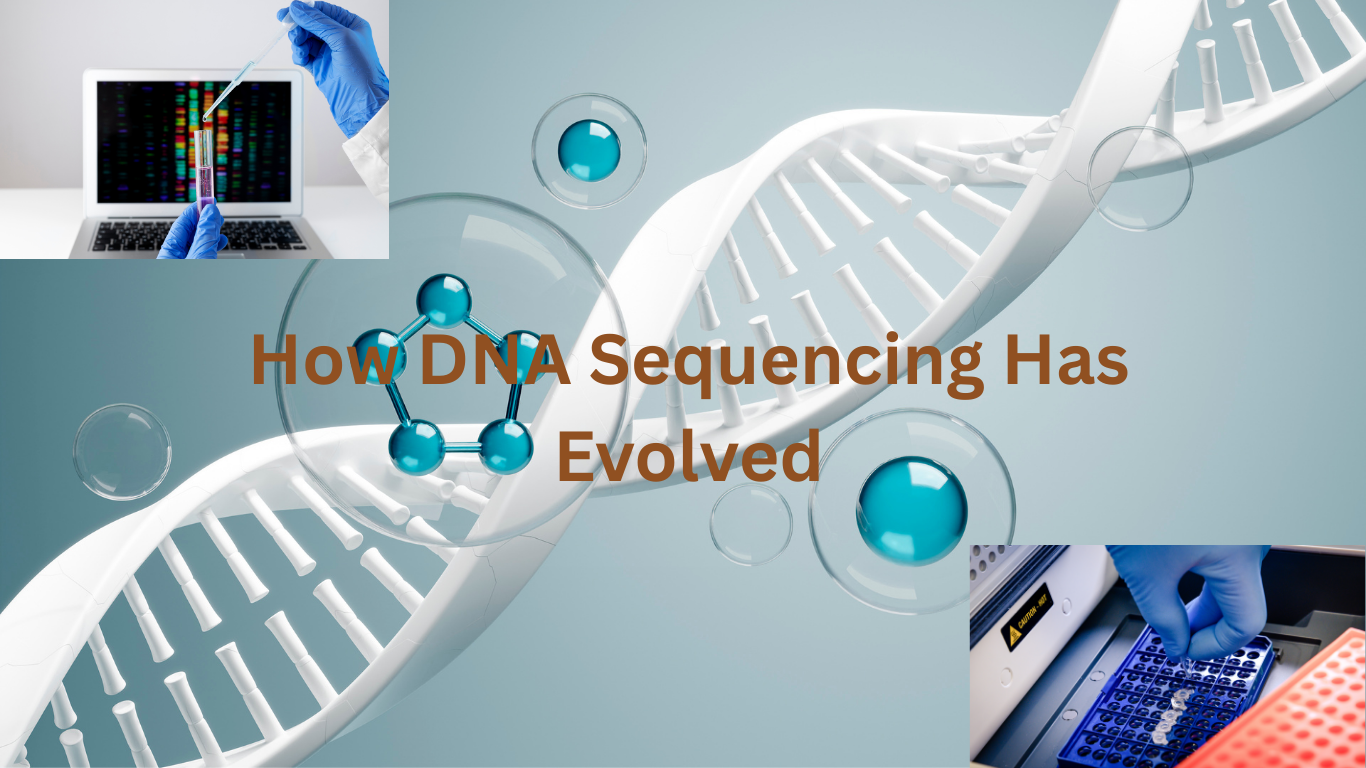Beautiful Plants For Your Interior

Ray Wu’s Primer-Extension Method– Part 1
DNA sequencing is process that are used to determine the exact sequence of nucleotides in the DNA. There are different techniques which are used for Nucleotides ((adenine – A, thymine – T, cytosine – C, guanine – G) order. Over time, various sequencing techniques have been developed and refined, improving accuracy, efficiency, and scalability.
In the early 1970s, academic researchers used laborious techniques based on two-dimensional chromatography to determine the first DNA sequences. The primer-extension approach, developed by scientist Ray Wu at Cornell University in 1971, was the first method to sequence DNA. Wu’s method, is to sequence short DNA fragments by extending radioactive labelled primer by identifying added nucleotides. He sequenced the sticky ends of the bacteriophage λ (lambda) DNA. His method provided the first detailed nucleotide sequence of a DNA molecule, marking a significant milestone in the field of molecular biology. The extended fragment was then analyzed using gel electrophoresis or chromatography.
This technique established the foundation for modern DNA sequencing methods and served as a precursor to Sanger sequencing (1977).
Comparison of Ray Wu’s Primer-Extension Method vs. Sanger Sequencing
- Wu’s method required a radioactively labeled primer and added nucleotides one at a time. Sanger sequencing also used a primer but incorporated dideoxynucleotides (ddNTPs) to randomly stop DNA synthesis.
- In Wu’s method, the polymerase extended the primer by only one base per reaction, requiring four separate reactions. In Sanger sequencing, all four nucleotides (dNTPs) and ddNTPs were added in the same reaction, allowing multiple fragments of different lengths to be generated in a single step.
- Wu used 2D chromatography, which was slow and required radioactive detection. Sanger’s method used gel electrophoresis (and later fluorescence-based capillary electrophoresis) to separate DNA fragments, making sequencing faster and more accurate.
- Wu’s method could only sequence short fragments (~10–20 bases at a time). Sanger sequencing allowed sequencing of longer DNA strands (up to 1000 bases per run), enabling full-genome sequencing projects.